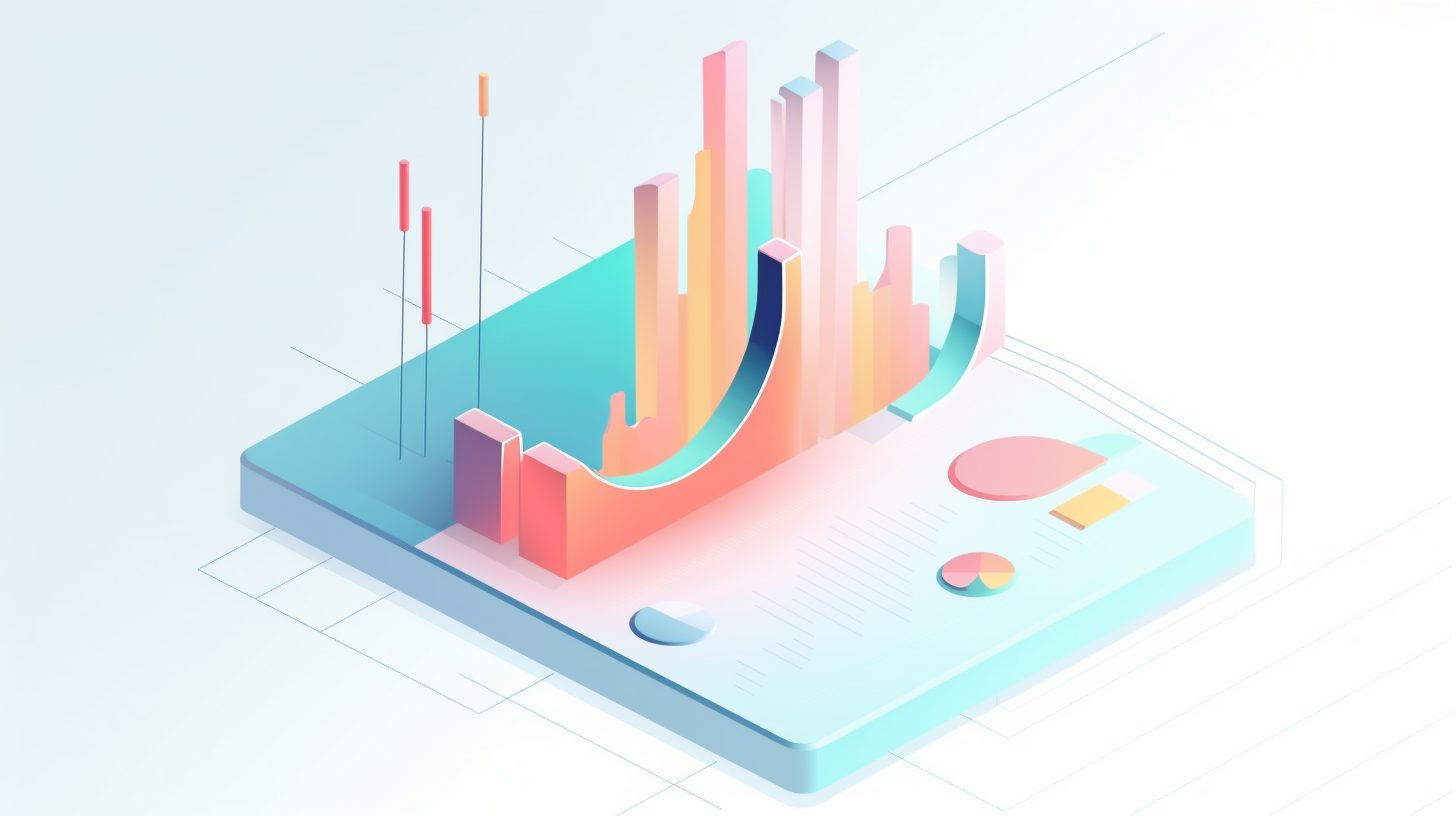Golang Deep Copy is a technique used in the Go programming language to create an independent copy of an object or data structure, which does not share any memory references with the original object. In this blog post, we’ll explore the ins and outs of Golang Deep Copy, including when to use it and how to implement it effectively.
Understanding Golang Deep Copy
Why Deep Copy?
In Go, when you create a variable and assign its value to another variable, you are actually creating a shallow copy of the original variable. This means that both variables share the same memory reference, and any changes made to one variable will also affect the other. This can lead to unexpected behavior and bugs in your code.
Golang Deep Copy solves this issue by creating a completely independent copy of the original object or data structure. This is particularly useful when you want to modify a copy of an object without affecting the original object or when working with complex data structures like nested maps, slices, and structs.
How to Implement Golang Deep Copy
To perform a deep copy in Go, you can use the “encoding/gob” package. This package provides a way to encode and decode data into a binary format, which can then be used to create a deep copy of an object.
Here’s an example of how to perform a deep copy using the “encoding/gob” package:
package main
import (
"bytes"
"encoding/gob"
"fmt"
)
type Person struct {
Name string
Age int
}
func DeepCopy(src, dst interface{}) error {
var buf bytes.Buffer
enc := gob.NewEncoder(&buf)
err := enc.Encode(src)
if err != nil {
return err
}
dec := gob.NewDecoder(&buf)
return dec.Decode(dst)
}
func main() {
original := Person{Name: "Alice", Age: 30}
var copied Person
err := DeepCopy(&original, &copied)
if err != nil {
fmt.Println("Error:", err)
return
}
copied.Name = "Bob"
copied.Age = 25
fmt.Println("Original:", original)
fmt.Println("Copied:", copied)
}
In this example, we’ve defined a Person struct and a DeepCopy function that takes a source and destination interface. The DeepCopy function uses the “encoding/gob” package to encode the source object into a buffer and then decode it back into the destination object, effectively creating a deep copy.
In the main function, we create an original Person object and then use the DeepCopy function to create a copied object. We then modify the copied object and print both objects, demonstrating that the original object remains unchanged.
Deep Copying Slices and Maps
Deep copying slices and maps in Go can be achieved using a similar approach. Here’s an example of how to deep copy a slice of Person objects:
package main
import (
"bytes"
"encoding/gob"
"fmt"
)
type Person struct {
Name string
Age int
}
func DeepCopy(src, dst interface{}) error {
var buf bytes.Buffer
enc := gob.NewEncoder(&buf)
err := enc.Encode(src)
if err != nil {
return err
}
dec := gob.NewDecoder(&buf)
return dec.Decode(dst)
}
func main() {
originalSlice := []Person{
{Name: "Alice", Age: 30},
{Name: "Bob", Age: 25},
}
var copiedSlice []Person
err := DeepCopy(originalSlice, &copiedSlice)
if err != nil {
fmt.Println("Error:", err)
return
}
copiedSlice[0].Name = "Charlie"
copiedSlice[0].Age = 28
fmt.Println("Original Slice:", originalSlice)
fmt.Println("Copied Slice:", copiedSlice)
}
For maps, you can follow a similar pattern:
package main
import (
"bytes"
"encoding/gob"
"fmt"
)
type Person struct {
Name string
Age int
}
func DeepCopy(src, dst interface{}) error {
var buf bytes.Buffer
enc := gob.NewEncoder(&buf)
err := enc.Encode(src)
if err != nil {
return err
}
dec := gob.NewDecoder(&buf)
return dec.Decode(dst)
}
func main() {
originalMap := map[string]Person{
"Alice": {Name: "Alice", Age: 30},
"Bob": {Name: "Bob", Age: 25},
}
var copiedMap map[string]Person
err := DeepCopy(originalMap, &copiedMap)
if err != nil {
fmt.Println("Error:", err)
return
}
copiedMap["Alice"] = Person{Name: "Charlie", Age: 28}
fmt.Println("Original Map:", originalMap)
fmt.Println("Copied Map:", copiedMap)
}
In both examples, we use the DeepCopy function to create independent copies of slices and maps, demonstrating that modifying the copied data structures does not affect the original data structures.
Alternatives to Gob
While the “encoding/gob” package provides a convenient way to perform deep copies in Go, it may not be the most efficient or suitable solution for all cases. Some alternatives include:
Manually implementing deep copy methods for your custom types.
Using the “github.com/mohae/deepcopy” package, a third-party library specifically designed for deep copying in Go.
Using other serialization libraries, such as “encoding/json” or “encoding/xml”, to perform deep copies similarly to the gob-based approach.
Each method has its pros and cons, so it’s essential to choose the one that best fits your specific use case and performance requirements.
In conclusion, Golang Deep Copy is a crucial technique when working with complex data structures or when you want to ensure that changes to a copy do not affect the original object. By using the “encoding/gob” package or one of the alternatives, you can create independent copies of your objects and data structures, preventing unexpected behavior and making your code more robust.
Make sure to check out our other articles for more in-depth programming knowledge:
Managing Kubernetes Storage: Best Practices and Code Examples
Mastering JavaScript: A Comprehensive Guide to DOM Manipulation and Event Handling for Interactive Websites
Powerful Python Tips: Web Scraping
How to Split a List in Python: A Comprehensive Guide
Mastering Kubernetes Secrets: A Definitive Guide to Securely Managing Sensitive Data
For more resources on Golang, visit the official Go website and the Go Package Discovery website.







